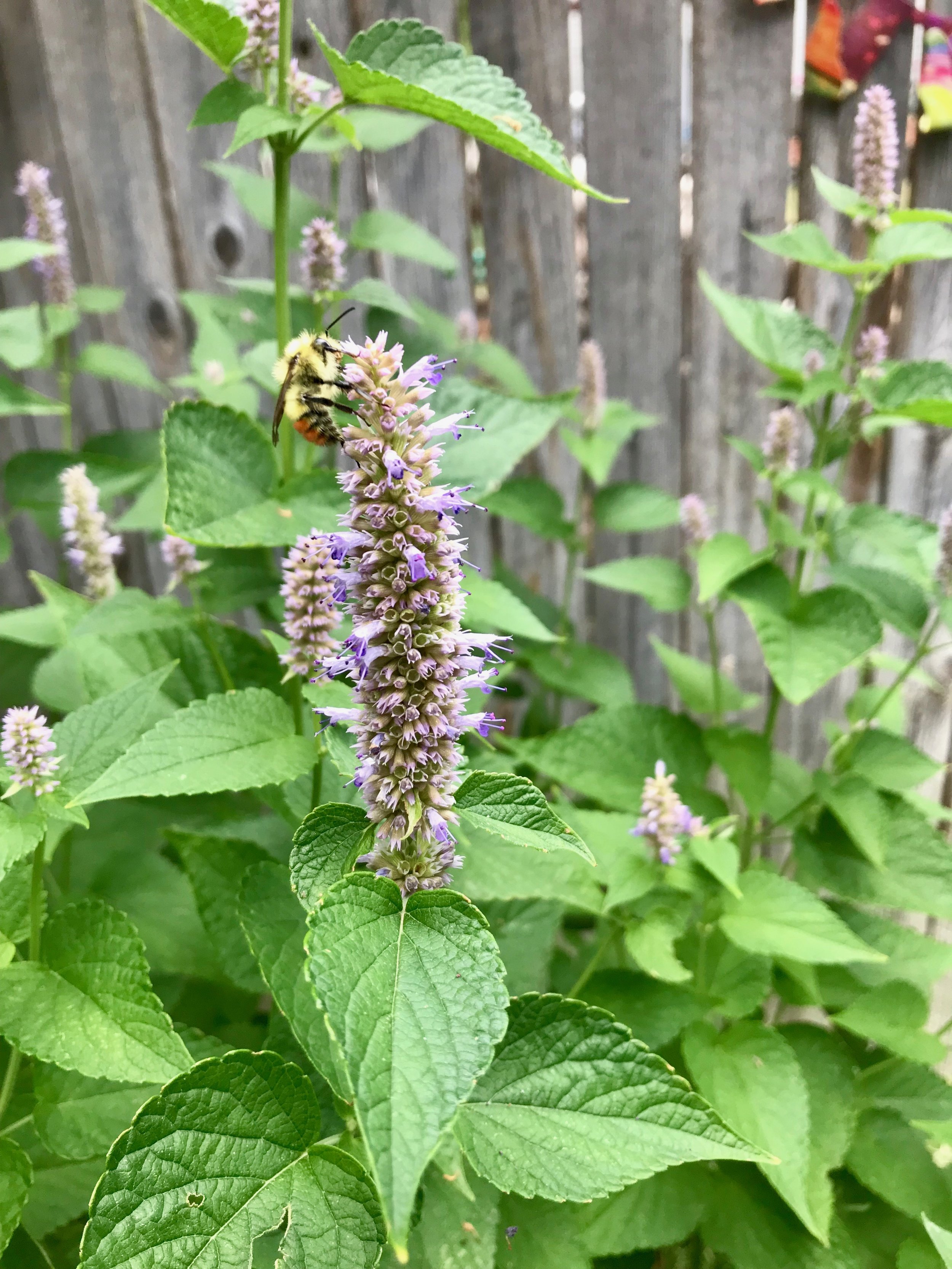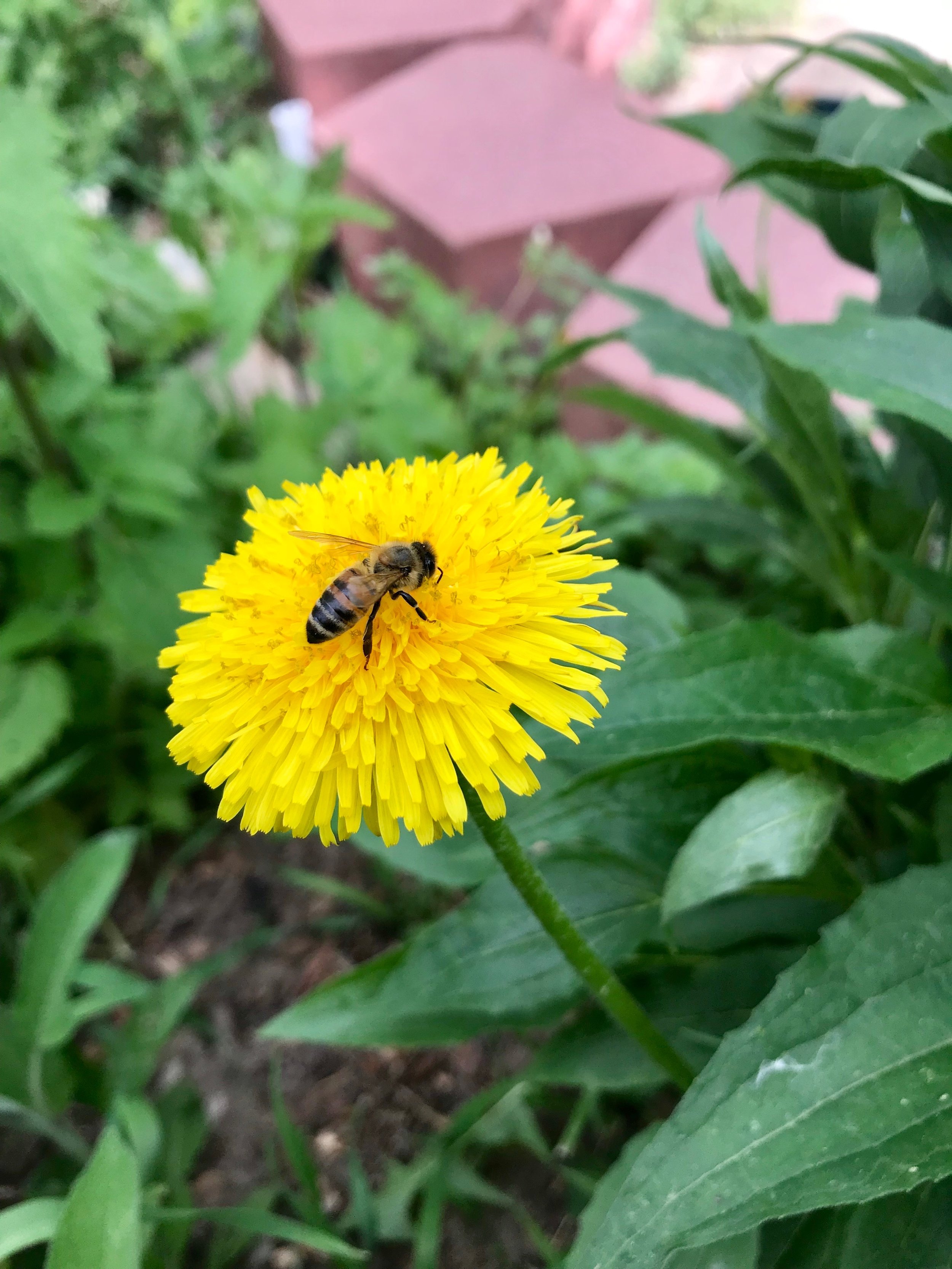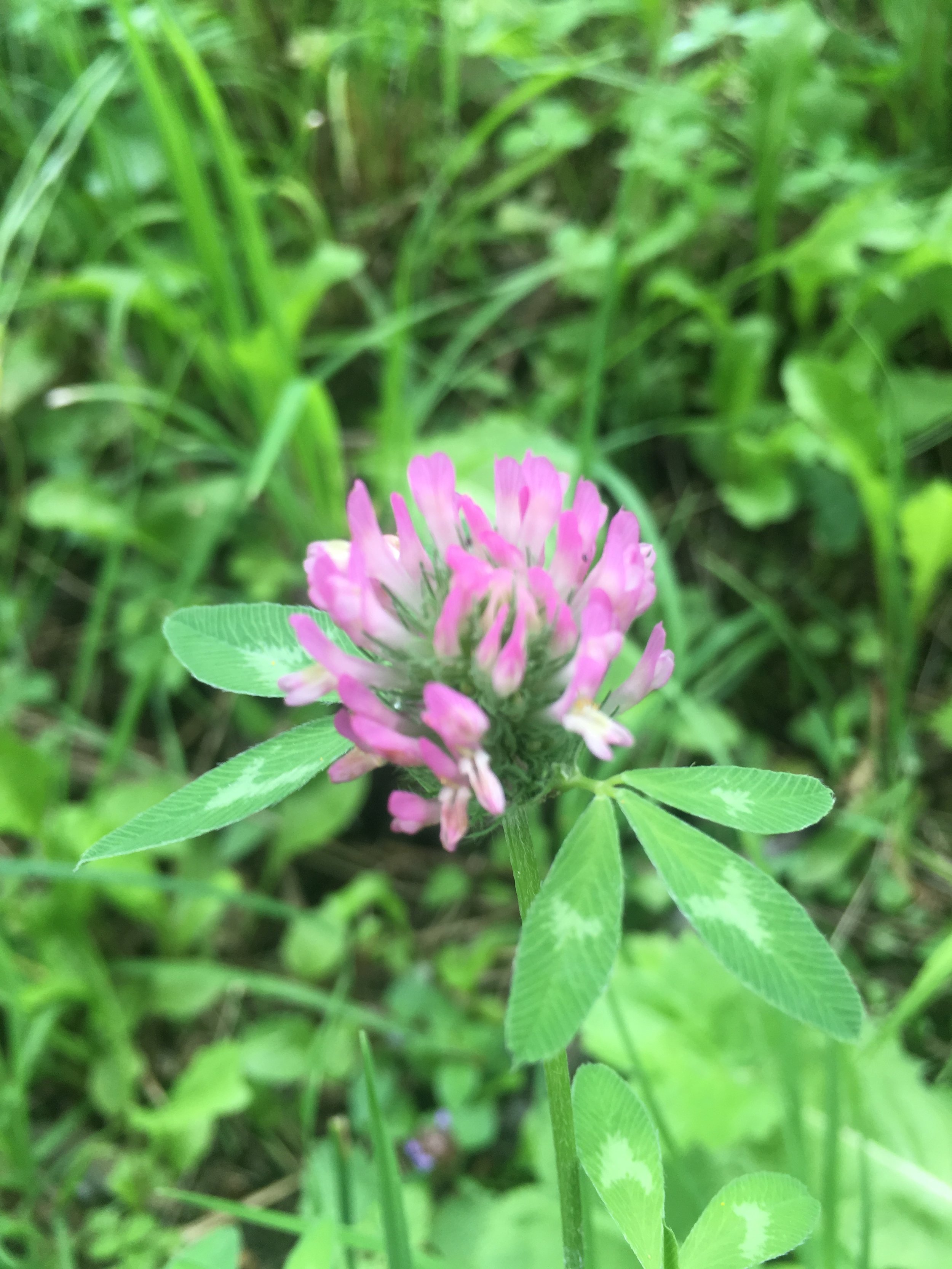Creating Pollinator Sanctuaries
“For to the bee the flower is a fountain of life. And to the flower the bee is a messenger of love. And to both bee and flower the giving and receiving is both a need and an ecstasy.” ~Khalil Gibran
Our dear pollinators play such a crucial role in the creation of life on earth, when we truly trace it back we probably wouldn’t be here without them. Without pollination, the mutually beneficial relationship between flowering plants and pollinators, life on earth would not have evolved. As pollinators began to feed on the protein rich pollen from plants, these plants began to develop specific structures to attract the pollinators such as nectar and beautiful colorful flowers. In fact new research is revealing just how complex and interesting this relationship between pollinators and plants truly is. A study conducted in the journal Nature revealed that the petals of flowers contain repeated patterns of nanostructures that produce a blue halo of scattered light that helps bees find flowers. The relationship between pollinators and flowers is a radiant example of the sheer intelligence and evolution of life on earth. Not to mention this relationship has grown to serve the rest of life in such a large way, we truly have pollination to thank for the fruits, the flowers, the nourishment, & the medicine.
Unfortunately modern day society has forgotten the wisdom and importance of this relationship and how to truly facilitate it, how to serve our pollinators through consciously growing food, medicine, and habitat for them. Native pollinators here in North America pollinate more than 70% of flowering plants. Pollinators are declining at a pretty massive rate. It’s not just honeybees either, many species of native bees, butterflies, moths, flies, wasps, hummingbirds, and more are becoming endangered or are right on the brink of extinction, and the sad part is I feel we’ve only peeled back a thin layer to the destruction and understanding of what is happening to our pollinators. The causes of pollinator decline are multifactorial ranging from climate change, genetically modified crops, pesticides, diseases and parasites, and lastly habitat loss, degradation, and fragmentation. I could write a whole other article just on this but for this one I want to propose a solution that not only serves our pollinators but greatly serves humans and many other beings within the great web of life. That is creating pollinator sanctuaries. A sanctuary has many meanings and definitions but essentially it is a haven, a sacred space, & a safe space. In this case, a pollinator sanctuary serves the purpose of being a safe place & haven for our pollinators, a place where they can thrive.
Creating a pollinator garden and sanctuary is not only something that benefits and serves pollinators. Growing forage for our pollinators entails growing many herbs, fruits, vegetables, and trees that are not only medicine & nourishment for pollinators but us as well. This is the beauty of working with nature and working to create systems that honor the interconnectedness and symbiosis of life, everyone wins.
There are some specific things one will want to consider when designing a pollinator garden or in general just some things one can incorporate into their own garden or farm to help support our pollinators. First we want to begin with the soil. Healthy soil gives life to healthy plants & nutrient packed pollen that than provides nourishment for pollinators. Building healthy soil while assessing soil conditions for pesticides is key in creating a safe habitat for our pollinators.
When designing the layout for a pollinator garden and what to plant there are a few things to consider:
Diversity is key! Use and value diversity. Wild habitats for pollinators can have as many as 50-100 species. Nonetheless, as few as 10 carefully chosen plants can do the trick, but if you have the space consider doing a large native wildflower patch with multiple species.
Group by species. For example having one cluster of lavender, one of sage, etc. Clusters of at least 3 ft of an individual species are more attractive to pollinators than widely and randomly dispersed plants.
Start what you can from seed! This ensures that the plants are free from pesticides and in general source organic non-gmo seeds.
Bloom time succession is very important when designing a pollinator garden. This means that your garden provides a continuous food supply throughout the season. You will want to choose plants that bloom in all three blooming periods: spring, summer, and fall. Some examples of later summer/fall blooms include mums (chrysanthemums), russian sage, joe pye weed, and goldenrod. Early bloomers include willow and pasque flower!
Choose Native Plants! I personally love having an area that’s just native wildflowers, these plants are resilient and require little to no maintenance and in general native pollinators have developed a relationship to native flowering plants so in planting these you honor this relationship.
Include flowering trees. Flowering trees are an extremely abundant nectar and pollen source for pollinators, they also provide habitat for many beings including pollinators and an added bonus they sequester carbon and help to fight climate change. We need more trees and so do our pollinators. Agroforesty and the concept of planting trees and shrubs with flowering herbs and other crops is an excellent step in the right direction for this planet and our pollinators.
In my own experience growing for not only my honeybees but all pollinators there are a few plants I have found to be of great use growing. One includes Nettles, I particularly like growing this around my honeybee hives as it has formic acid in its trichomes which are the small hairs growing on the leaves of the plant. Formic acid is an endogenous acid that honeybees make, it helps to protect them from pests and disease. In fact, a lot of Varroa mite treatments for honeybee hives are formic acid based. Nettles is also a widely used medicinal herb that is extremely nutrient dense and deeply nourishing to the body. To add to this concept, another great herb to grow is Thyme, I too grow this around my honeybee hives, as many Varroa mite treatments are also Thymol based, thymol is one of the primary constituents found in thyme. Thyme is also another great medicinal and culinary herb, being a great herb for respiratory congestion and illness as well as having many infection fighting properties. In addition to these two specific plants for honeybee health I have included a list below of some of my favorite herbs and wildflowers to grow for our pollinators. I live in Colorado so if you live in a vastly different climate you may look into plants more suited to your bioregion nonetheless many of these are common garden herbs and wildflowers that grow all around the world. This is only a small handful of the many plants one can grow so keep your mind open and remember the bigger patterns!
Alfalfa, Anise Hyssop, Basil, Bee Balm, Borage, Catmint, Catnip, Clover, Comfrey, Cosmos, Chrysanthemums, Dandelion, Dill, Echinacea, Goldenrod, Hawthorne (tree). Hyssop, Lavender, Lemon Balm, Lilac (shrub), Linden (tree), Milkweed, Mint, Nettles, Oregano, Russian Sage, Sage, Sunflower, Thyme, Willow (tree, shrubs), Yarrow, & too many more to list them all! .
In addition to planting a pollinator garden you can also add a few other components or features to your pollinator garden to further support pollinators. First pollinators need water, so consider putting in multiple freshwater features for pollinators and also birds. For your container or water receptacle you can use a bird bath, or my favorite easy hack is just using the water catchment trays that go under potted plants. You will than want to fill it with rocks and maybe added crystals so the pollinators especially the bees have something to land on, so they don’t drown.
Another added feature is native bee hotels or insect hotels. These help provide habitat to pollinating insects. I particularly have made native bee hotels for tunnel nesting bees; these can be easily assembled. One can take a bird house and install either bamboo tunnels or wooden blocks with holes drilled in them. Pictured here I have a hexagon native bee hotel I built with the children I teach in a summer education program here in Denver, Colorado. It’s good to do your research before building and designing your insect hotel, I recommend checking out The Xerces Society, they have some great online articles on creating pollinator habitats for your garden.
Through these above examples we are exploring how we can supply our pollinators with habitat, food through safe forage and organic gardens, and water. These are essential pillars for supporting many animals on this planet. There are many other ways to support pollinators that are equally as important and these include getting involved with local and state governments, organizations, businesses, etc. to encourage them to be pollinator friendly. This could look like getting them to pledge to not spray pesticides or to encourage them to plant foraging habitat for pollinators. This is an essential step to creating change for our pollinators, because if pesticides and other harmful chemicals continue to be sprayed our pollinators will greatly suffer, they are resilient but also very sensitive their systems can’t withstand these poisons.
Creating pollinator sanctuaries is an essential piece to restoring the planet and ensuring the health, vitality, and longevity of many species including humans. Through creating safe places and havens for pollinators we ensure that generations to come will be supported, nourished, and also inspired. Our pollinators provide far more than food and medicine they provide a wisdom that can’t be replaced, it’s as pure as honey and as beautiful as a flower. Our pollinators teach us how to be selfless, how to be of service to something much larger than ourselves. Through saving and serving our pollinators we serve the great web of life, may we learn to finally grasp their wisdom and harness it to create the world many of us know in our hearts is possible.
Sources:
Mader, E., Shepherd, M., Vaughn, M., Hoffman Black, S., & LeBuhn, G. (2011). Attracting native pollinators: Protecting North Americas bees and butterflies. North Adams, MA: Storey Pub.
Moyroud, E., Wenzel, T., Middleton, R., Rudall, P. J., Banks, H., Reed, A., … Glover, B. J. (2017). Disorder in convergent floral nanostructures enhances signalling to bees. Nature, 550(7677), 469–474. doi: 10.1038/nature24285







